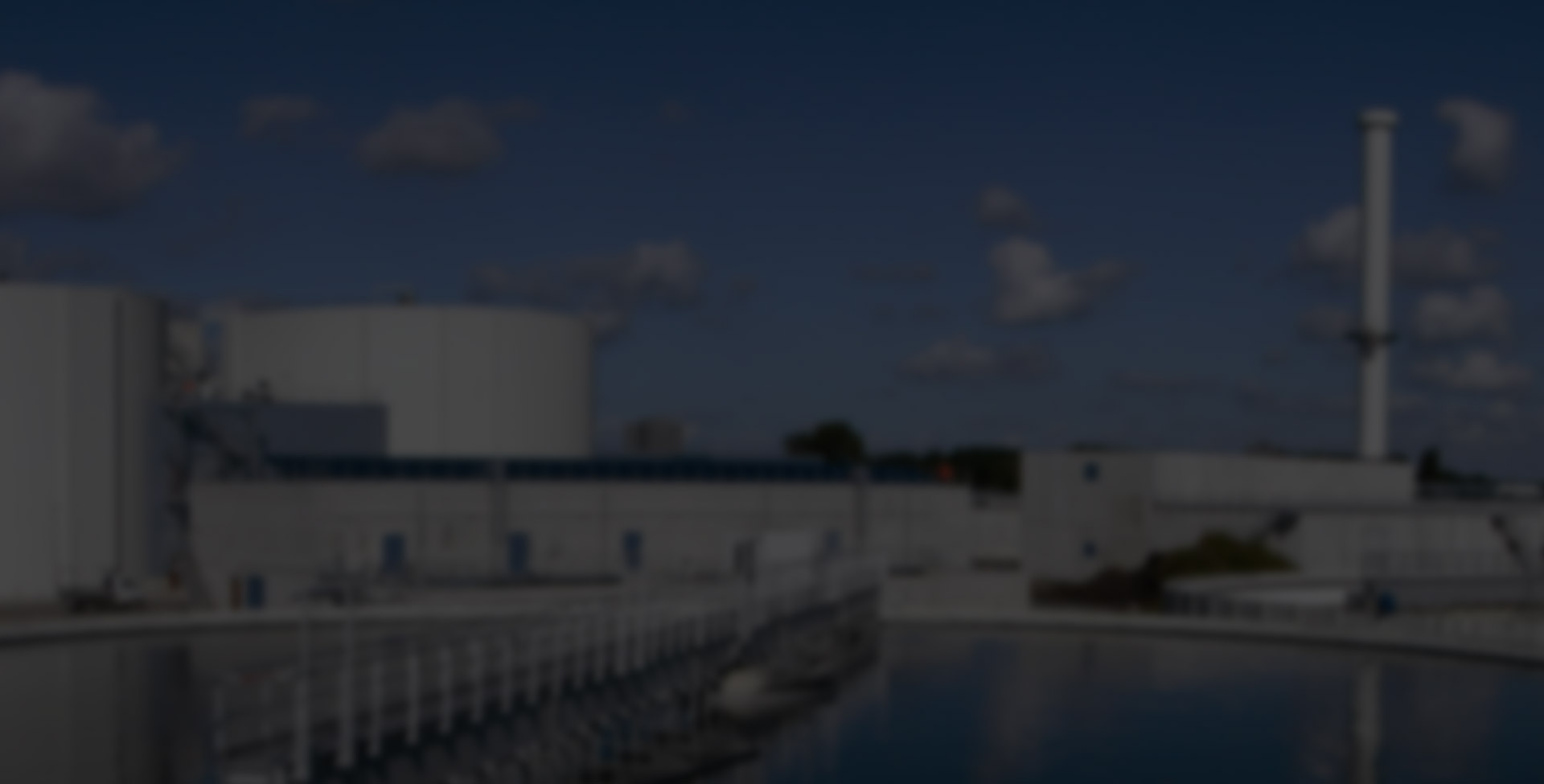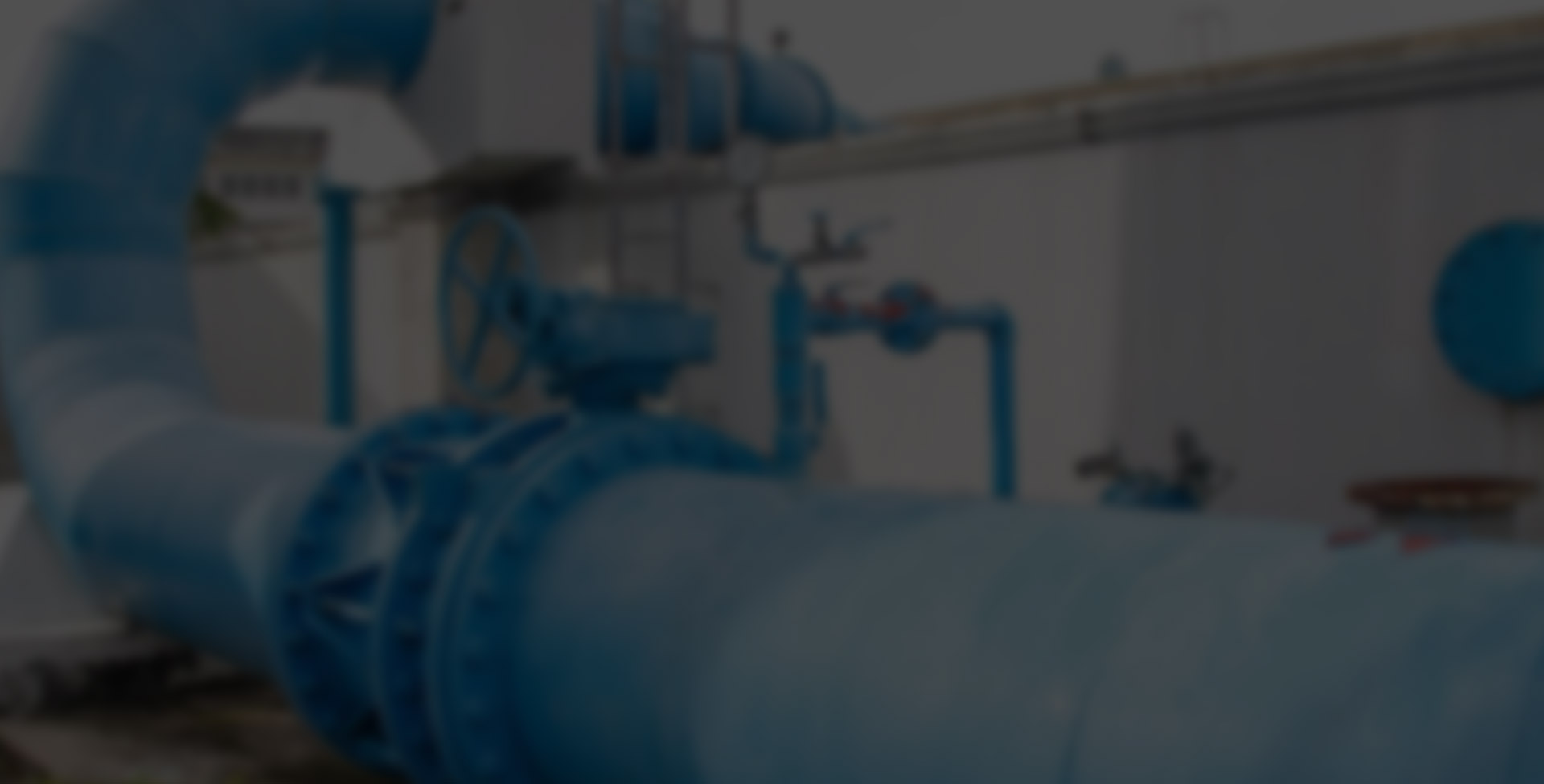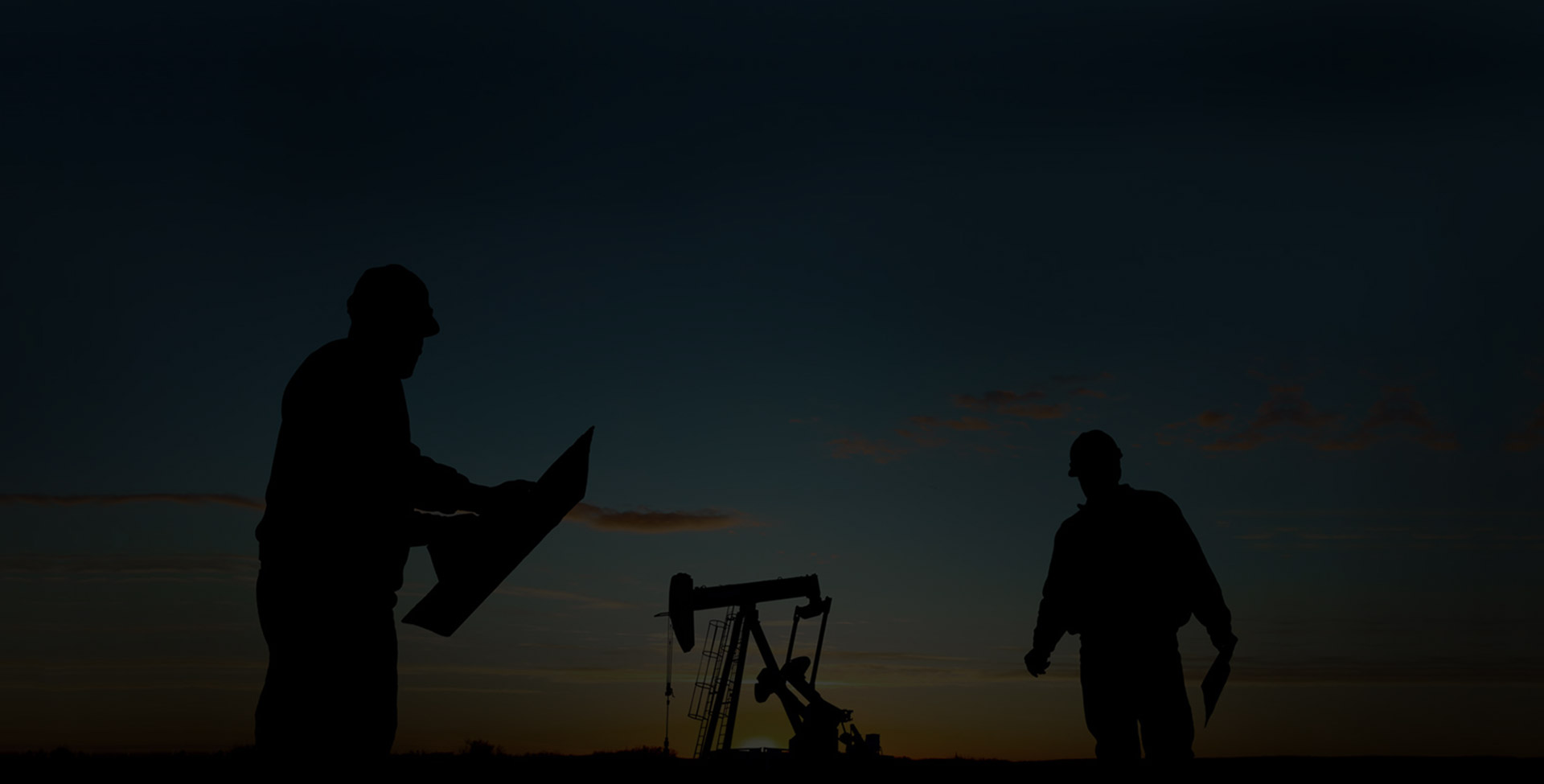How to choose the safety valve?
General rules for selection of safety valves
1) To determine the "nominal diameter" of the relief valve according to the calculation, the discharge capacity of the relief valve must be greater than or equal to the safe discharge of the pressure vessel.
2) determine the pressure level of the safety valve according to the design pressure and design temperature of the pressure vessel.
3) steam boiler or steam pipe should not be closed with a wrench full open safety valve. Safety valves with radiators (fins) should be used to open safety valves for steam pressure greater than 3 MPa or for gases with medium temperatures exceeding 320 degrees Celsius.
4) the hot water boiler usually does not close with the wrench micro start type safety valve.
5) for the non hazardous media such as air, hot water or steam above 60 degrees, safety valve with plate handle should be used.
6) water and other liquid incompressible media generally use closed micro open safety valve or safety relief valve.
7) high pressure water supply is usually closed with full open safety valves, such as high pressure feed water heaters, heat exchangers, etc.
8) compressible media such as gas are usually closed with full open safety valves, such as gas storage tanks, gas pipelines, etc.
9) Pulsed safety valves are commonly used in large caliber, large displacement and high pressure systems, such as temperature and pressure reduction devices and utility boilers.
10) Closed safety valves must be used for inflammable, highly toxic or highly hazardous media, and closed hand safety valves with plates should be used if lifting mechanisms are required.
11) When a relief valve is likely to withstand a variable back pressure of more than 10% opening pressure or a toxic and flammable container or pipeline system, a relief valve with bellows shall be selected.
12) negative pressure or negative pressure may occur during operation. Vacuum negative pressure safety valve is usually used.
13) the insulation jacket safety valve is usually chosen as the medium with low freezing point.
14) the train safety tank for transporting liquefied petroleum gas, tank cars and tanks should be built in safety valves.
15) the hydraulic safety valve is usually used at the top of the tank, which needs to be combined with the breathing valve.
16) underground drainage or natural gas pipelines usually use pilot operated safety valves.
17) the safety return valve is usually used on the liquid return pipeline at the outlet of the tank pump of the liquefied petroleum gas station.
18) select suitable safety valve materials according to media characteristics. If ammonia medium can not choose copper or copper safety valve; acetylene can not choose 70% copper or copper safety valve.
19) Full-open type should be used for the case with large discharge capacity; micro-open type should be used for the case with stable working pressure and small discharge capacity; non-direct starting type, such as pulse type safety valve, should be used for the case with high pressure and large discharge capacity; and two or more safety valves should be installed for the case with container length exceeding 6m.
20) Class E steam boilers or stationary vessels with low working pressure Pw may use static weight (pressure cooker) or lever weight relief valves. The spring type safety valve shall be used for mobile equipment.
21) If the medium is thick and easy to plug, it is advisable to select a series combined relief device with a safety valve and a bursting disc.
22) choose the spring working pressure grade according to the nominal pressure of the safety valve. The relationship between the nominal pressure of the safety valve and the working pressure of the spring.
 Back
Back





